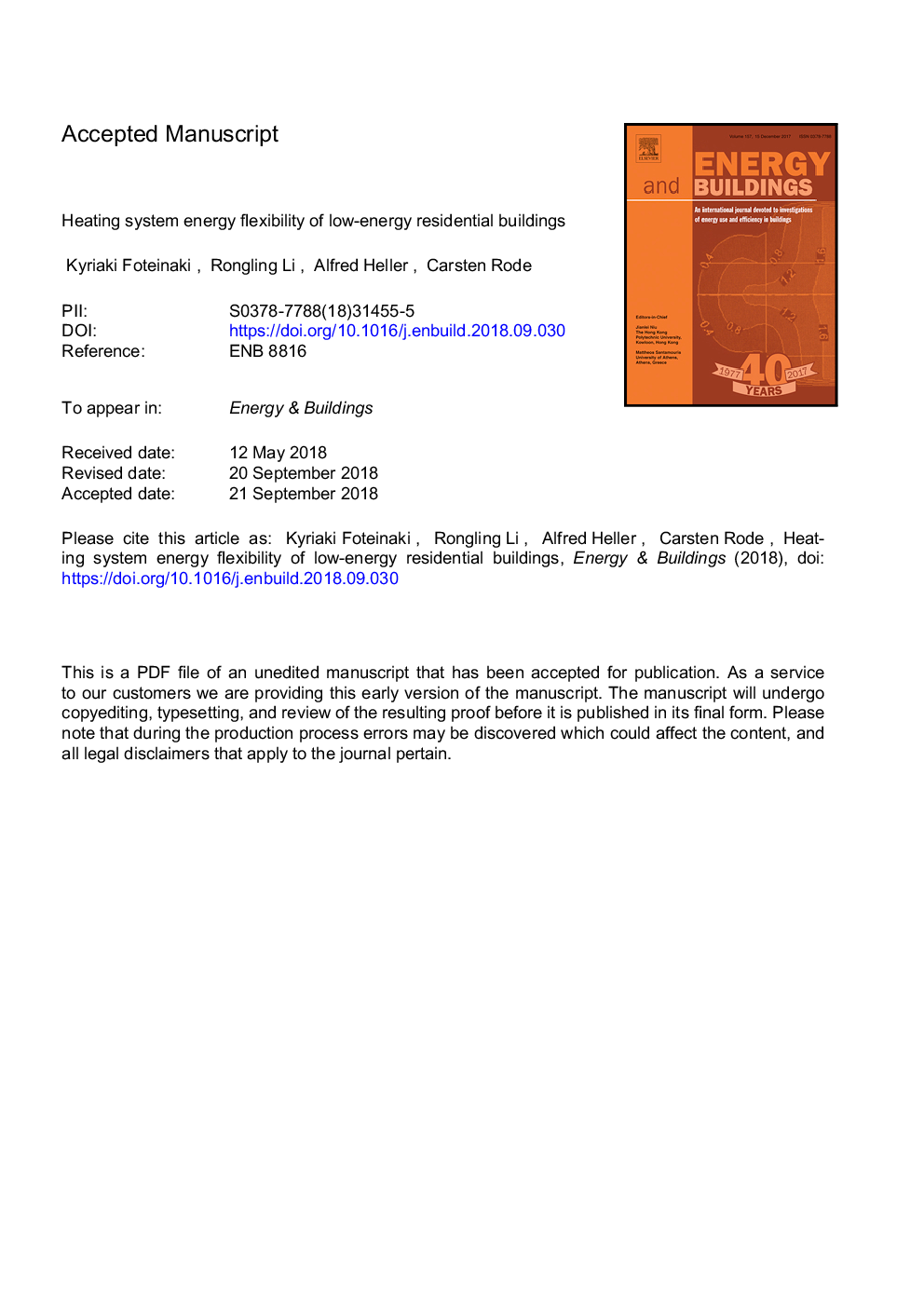| Article ID | Journal | Published Year | Pages | File Type |
|---|---|---|---|---|
| 11012598 | Energy and Buildings | 2018 | 30 Pages |
Abstract
Energy flexibility is proposed as a cost-effective solution facilitating secure operation of the energy system while integrating large share of renewables. With strict building regulations in Denmark, newly built buildings are low-energy buildings. In order to identify the role of low-energy buildings in the energy system, we investigated the physical potential for flexibility and analysed the thermal storage capacity existing inherently in the structural mass. Two building types were studied: single-family house and apartment block. The aim is to quantify the energy that can be added to or curtailed from each building during a time period without compromising thermal comfort. Different scenarios (starting time and duration), building design characteristics and boundary conditions were studied. The findings showed that low-energy buildings are highly robust and can remain autonomous for several hours. Although for individual buildings the available energy for curtailment is limited, if many buildings are aggregated energy flexibility becomes significant. The potential for storage in the thermal mass is considerable. The analysis presented high dependence of flexibility potential on boundary conditions (ambient temperature, solar radiation, internal gains) and underlined the importance of envelope insulation. Heat losses govern the potential for flexibility, while the walls' thermal mass has a secondary influence.
Keywords
Related Topics
Physical Sciences and Engineering
Energy
Renewable Energy, Sustainability and the Environment
Authors
Kyriaki Foteinaki, Li Rongling, Alfred Heller, Carsten Rode,
